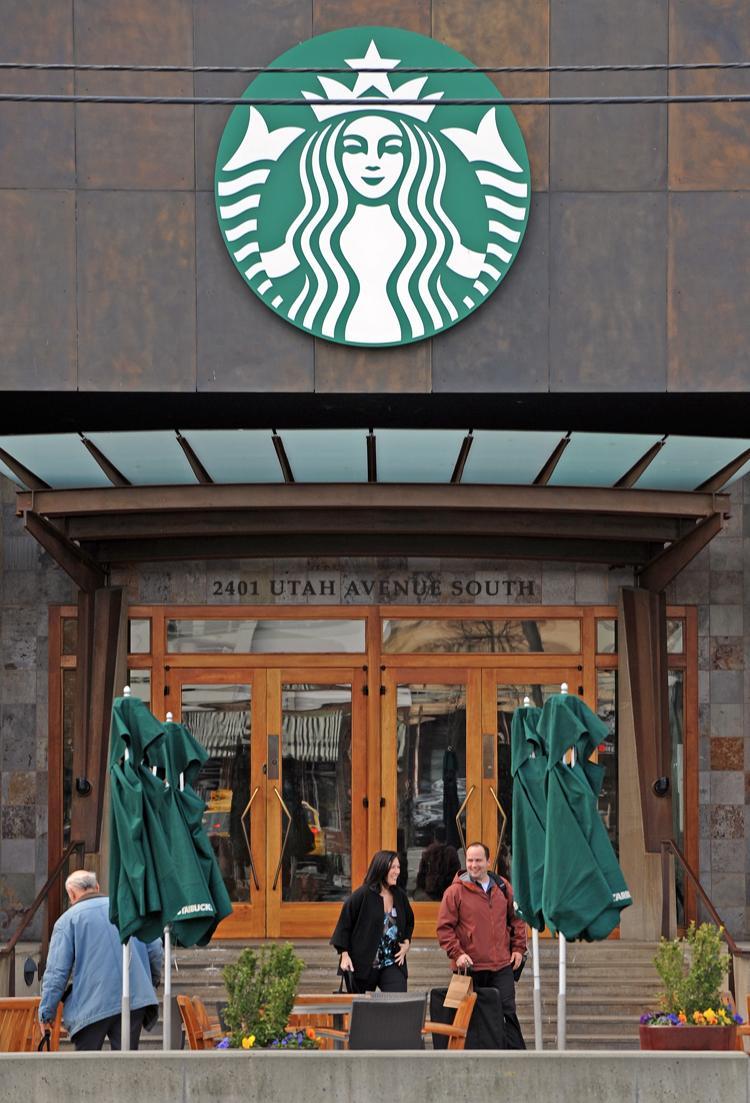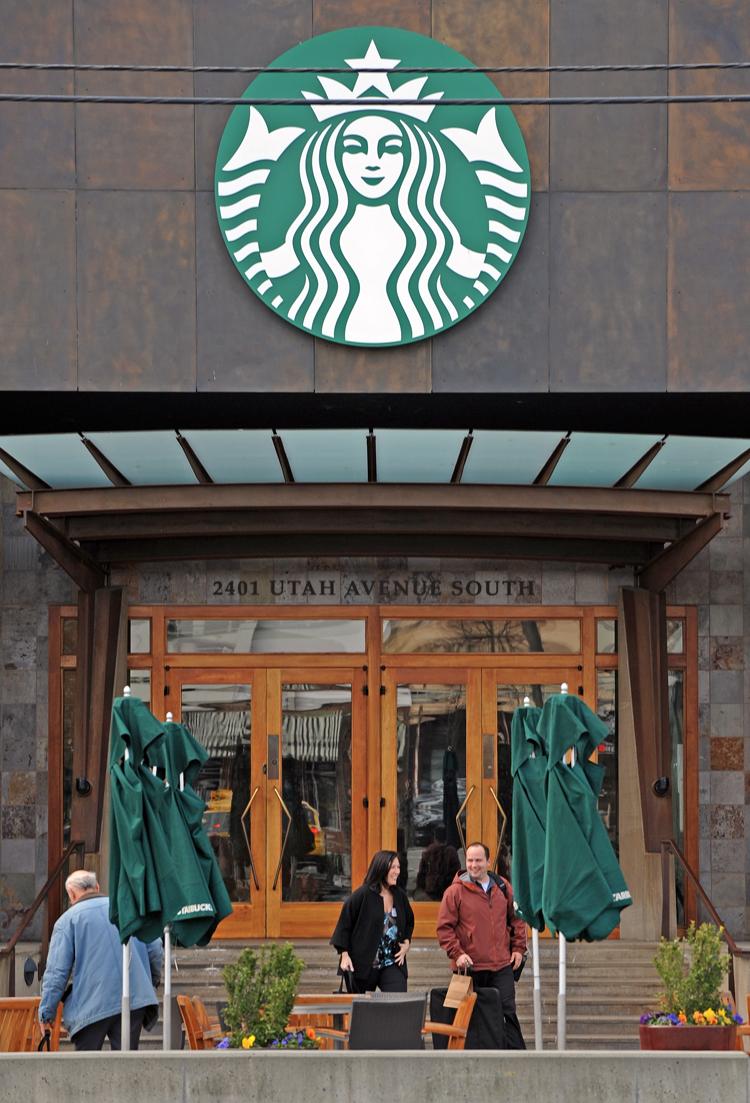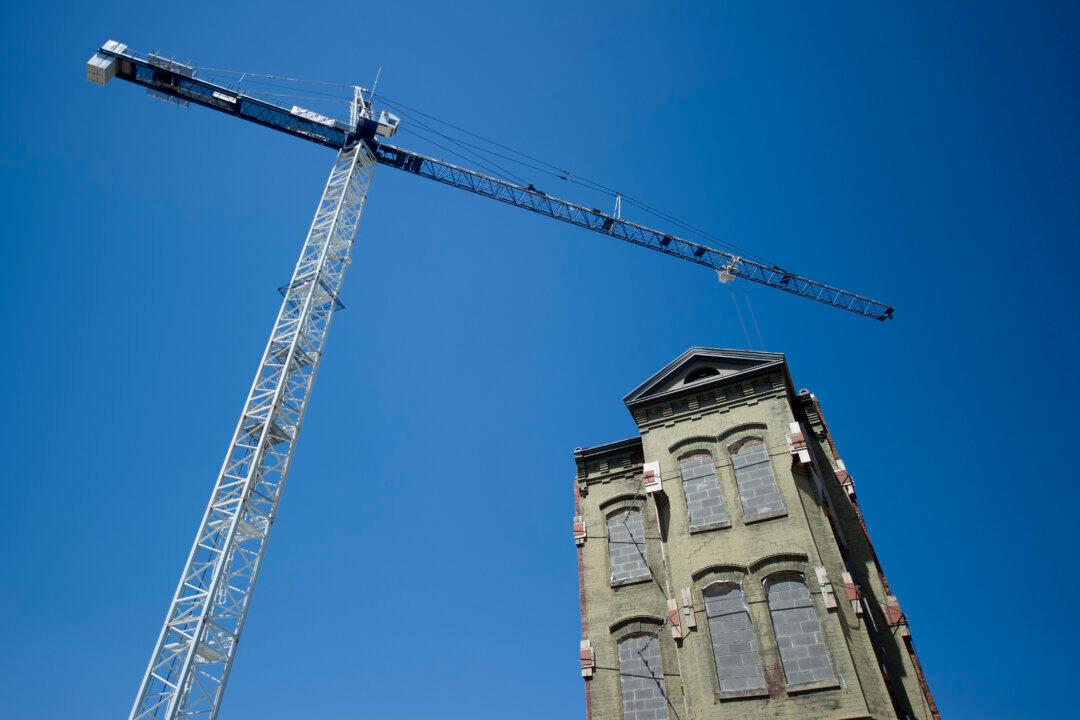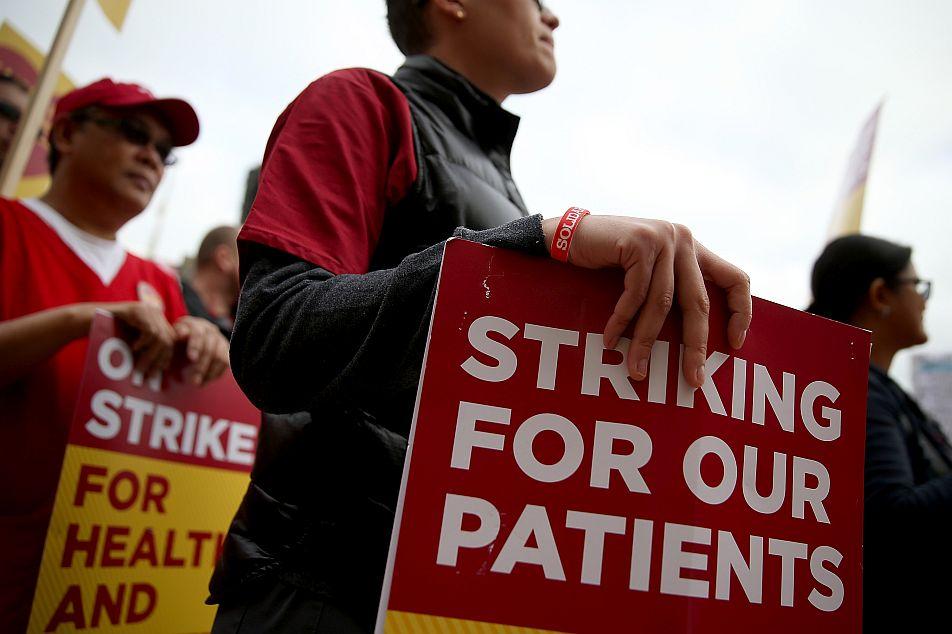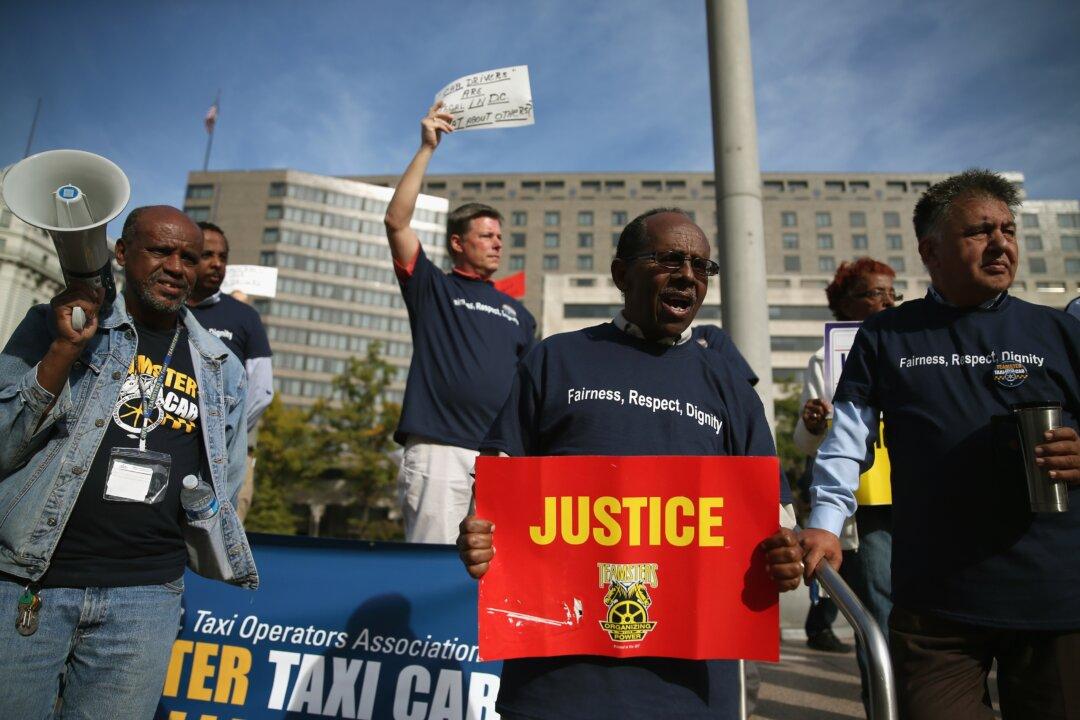Starbucks Competes Aggressively as Competition Dwindles
Within 24 years, Starbucks had grown from a company with only 11 stores and 100 employees to a giant with 17,009 stores.
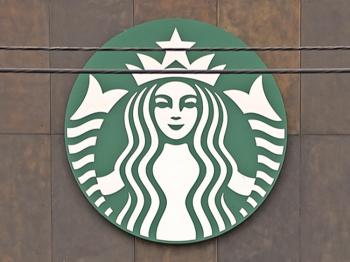
COMPETITOR: Starbucks Center, headquarters for the international coffee and coffeehouse chain, is seen last March in Seattle, Washington. Starbucks is still competing aggressively worldwide as it turns 40. Mark Ralston/AFP/Getty Images
|Updated:
